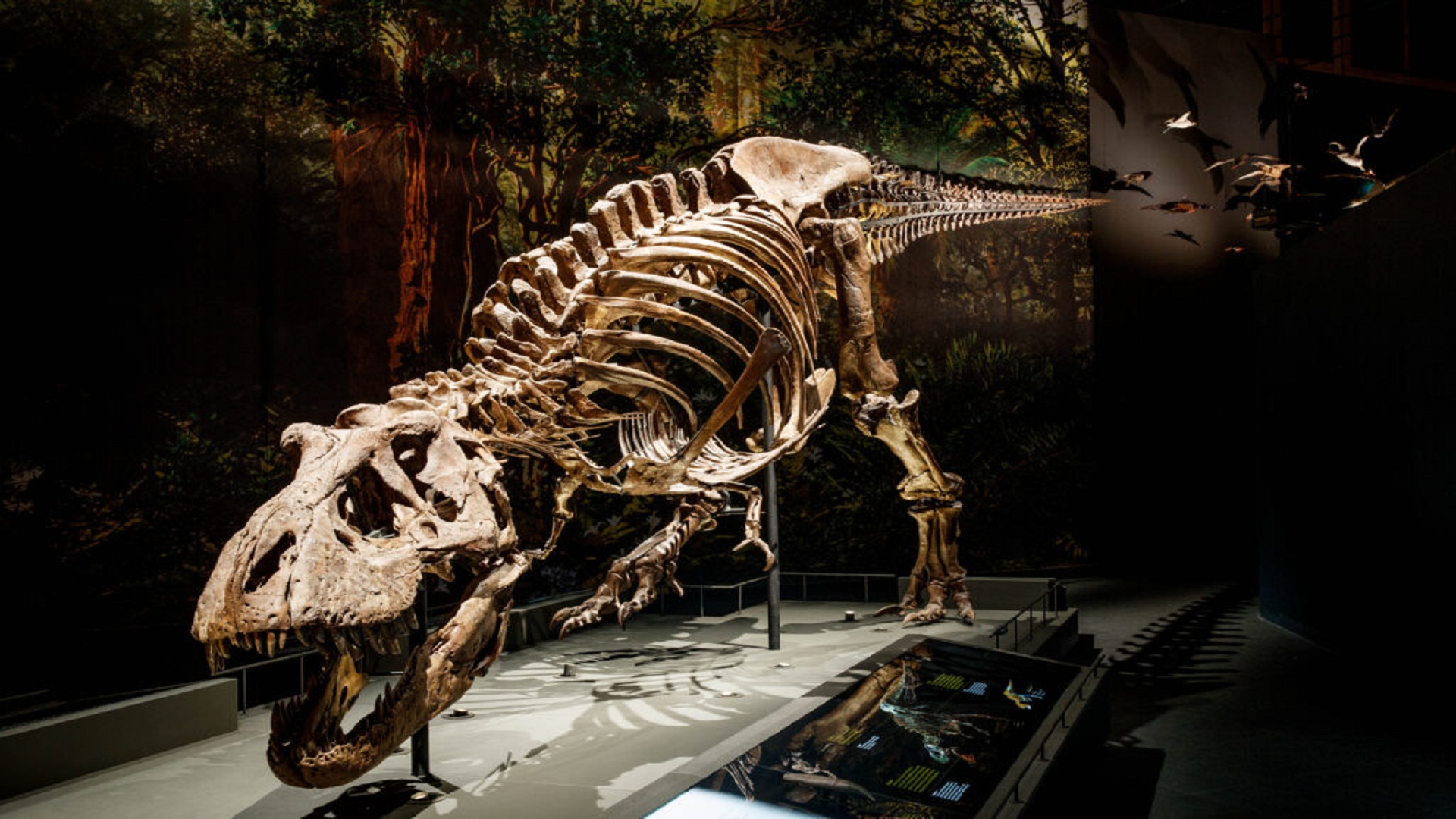Dinosaur teeth are no longer just relics of prehistory. Scientists have discovered they hold an untapped record of Earth’s deep climate past, revealing that atmospheric carbon dioxide (CO₂) levels during the age of dinosaurs were far higher than today.
The findings offer a new tool for reconstructing Earth’s climate using land-based fossils and could reshape our understanding of how prehistoric ecosystems thrived.
A research team from the universities of Göttingen, Mainz, and Bochum analyzed oxygen isotopes locked inside the enamel of fossilized dinosaur teeth.
These teeth, collected from North America, Africa, and Europe, date back to the Late Jurassic and Late Cretaceous periods.
Because enamel is one of the most stable biological materials, it preserves minute traces of the oxygen dinosaurs once inhaled.
That oxygen carries the signature of the surrounding atmosphere and the photosynthetic activity of the time.
Teeth unlock prehistory’s climate
The scientists used a new method that simultaneously measures the ratios of all three naturally occurring oxygen isotopes: oxygen‑16, oxygen‑17, and oxygen‑18.
This approach allows them to reconstruct ancient CO₂ levels with more accuracy than ever before and to estimate global plant productivity—how much organic material vegetation produced through photosynthesis.
Their findings show that during the Late Jurassic, around 150 million years ago, atmospheric CO₂ concentrations were roughly four times higher than preindustrial levels.
During the Late Cretaceous, between 73 and 66 million years ago, CO₂ levels were about three times higher.
For comparison, today’s CO₂ level is around 430 parts per million, while Jurassic levels hovered near 1,200 ppm.
“These teeth have recorded the climate more than 150 million years ago,” said Dr. Dingsu Feng of the University of Göttingen, the study’s lead author. “Finally, we are getting the message. Our method gives us a completely new view of Earth’s past.”
The isotope data also point to another significant finding: global primary production during the dinosaur era was about twice what it is today.
The dense vegetation likely played a role in shaping highly dynamic ecosystems and supporting massive herbivores and the complex food webs that followed.
“The information obtained through our study on global primary production provides important evidence of both marine and terrestrial food webs,” said co-author Professor Eva M. Griebeler from the Institute of Organismic and Molecular Evolution at JGU. “These insights would be otherwise difficult to obtain.”
Volcano clues in enamel
Some teeth, including those from Tyrannosaurus rex and the sauropod Kaatedocus siberi, showed unusual isotope signatures. These may reflect sharp CO₂ spikes caused by massive volcanic eruptions, such as those that formed the Deccan Traps in present-day India near the end of the Cretaceous.
Until now, most studies of ancient climates have relied on marine sediments or soil carbonates, which offer only indirect insights and often carry uncertainties.
This new method is the first to use fossil evidence from land-based vertebrates, making it a powerful addition to the paleoclimatologist’s toolkit.
Professor Thomas Tütken, a co-author and paleontologist at JGU, emphasized the wider applications of the technique.
“The analysis of the three oxygen isotopes in dental enamel allows us to also measure the proportions of oxygen assimilated through respiratory air and drinking water,” he said.
“This provides greater understanding of the physiology and paleobiology of dinosaurs and can be applied to other extinct vertebrate species.”
The research was supported by the German Research Foundation and the LOEWE-funded VeWa consortium of the Hessian Ministry of Science and Research, Arts and Culture.
What began as a search inside the jaws of giants has turned into a key that unlocks Earth’s atmospheric history—one fossilized tooth at a time.
The findings of the study have been published in the journal PNAS.
